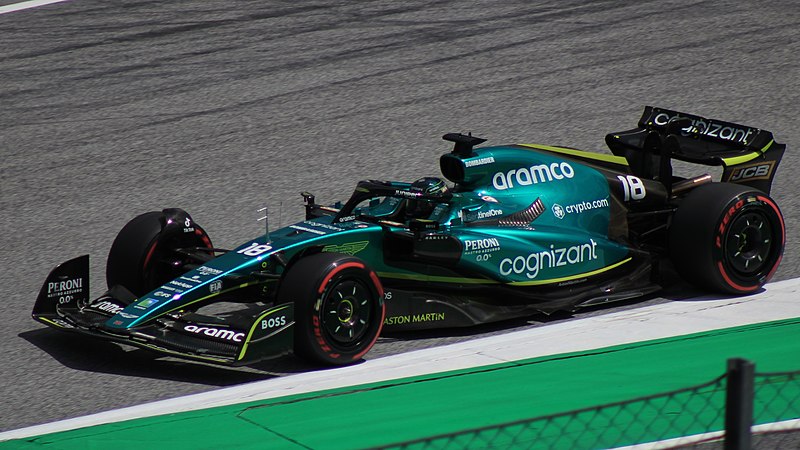By SWL staff
April 13 2020, 08.25
Follow @SW_Londoner
The slot machine has a long and successful history. First invented in California late in the 19th century by a young electrical engineer called Charles Fey, some 130 years later, the style of slot might be completely different but the basic principle stays the same.
You pay a stake and spin some reels. Depending on where they land you may win cash or qualify for another game feature.
While the original slots games were mechanical, before they became electronic, many of the latest manifestations are video based.
No longer are there are actual spinning reels; these have been replaced by animated images that give the impression of physical movement and it’s these that you will find at the countless online casino and slots sites that exist today.
The fact that a software program is behind the current generation of slots has generated more than a little suspicion amongst some people that the games are somehow “fixed” to act against the players.
This shows a profound misunderstanding about both how they work and the scrutiny that the sites find themselves under.
Random spins guaranteed
A piece of software called a Random Number Generator is what drives the video slot. This is an algorithm that is constantly generating numerical values which relate to the order in which slots reels will stop when the play button is pressed.
We can know that this really is random because all online sites are regularly audited to ensure that this is the case. Any found to be bending the rules in their favour can face heavy fines and even the loss of their licences.
The fact that the action of the games is controlled by software means that slots developer can also program in a factor called Return To Player, or RTP for short.
This is a figure which is expressed as a percentage and which expresses the proportion of the money wagered on a particular game that will be paid back in prize money.
The usual RTP of a slots machine tends to range from between 75% to around 96% but some exceptional games can pay back around 99%. So, for every £100 that is wagered, £99 will be returned as players’ winnings with the online casino keeping £1.
Incidentally, anyone who is interested in finding out more about the highest RTP slots will be able to find some great information on this site as well as a ranking top 10 for the games to really look out for.
It’s important to realise that an RTP of, say, 95% won’t mean that you as an individual player will always receive 95% of your stake money back. That’s because it’s a return paid back over time and will cover very many players session on the game.
This is no reason to be put off, however. Whenever you play a slots game of any kind you have the possibility of a return of well over 100% of your stake money and many times more than this amount.
After all, that’s the primary appeal of playing these games. The flipside, naturally, is that there are going to be sessions when your returns are considerably lower than the game’s average RTP.
Another important factor in understanding the RTP of a slots game is that it can vary within that game depending on how many coins you have in play on any one spin.
The higher the number, the greater the RTP can be. To take the example of one of the games with the highest RTP, the Mega Joker from leading developer NetEnt, this has a standard RTP of a rather unimpressive 76.9% when you play with one coin but this rises to between 89% and 99% with ten.
The economics behind this are pretty straightforward – casinos can afford to be more generous when the stakes are higher as the edge that they will be making will also be proportionately higher.
Other considerations
RTP isn’t the only measurement to take into account when you’re choosing the slot game to play, there is another consideration that is far more closely related to the law of probability.
This is called the “hit frequency” of a game and gives an indication about how often you are likely to win. Again, it is given as a percentage but this time it refers to the percentage of spins of the reels that will be winning ones.
So if a game is advertised as having a hit frequency of 7% it will mean that seven spins in every hundred will produce a win. This doesn’t specify how large that win will be – it can even just mean the winning back of the original stake money.
Even allowing for this, you might expect that logic dictates a slots game with an HF of 7% would be better than one of 3%, but not necessarily, as this brings up the whole issue of variance.
In a high variance slot, the HF tends to be low, the stakes tend to be high and the potential prizes on offer can be huge. A medium or low variance game, on the other hand, will see players winning smaller amounts, but more frequently.
As to which kind of slots game to play, this really comes down to personal preference. However, looking for one with as high an RTP as possible is undoubtedly a good move whichever level of variance suits you best.
If you really want to play for what can be a truly life-changing win then it’s also well worth seeking out a slots game with a progressive jackpot.
In these, many games are linked together with their prize funds being combined. Admittedly, the odds of winning are long but, if you do, the rewards can be enormous.
So, hopefully, this has given you some insight into the finer points of RTP, hit frequency and variance in online slots games.
Now it’s a question of putting some of that knowledge to good use – so get set to spin!
Photo by Aysha Begum on Unsplash.




